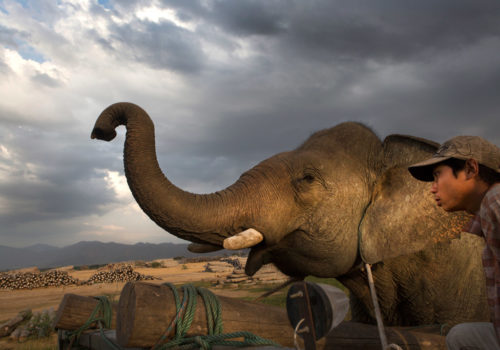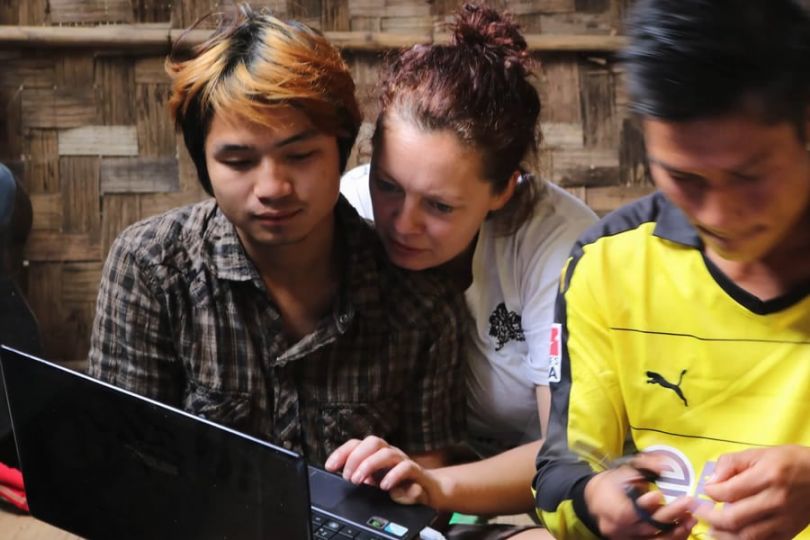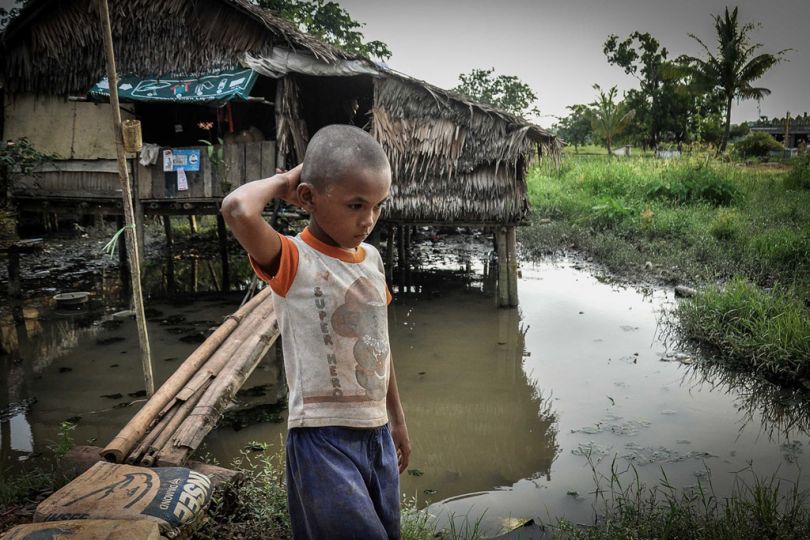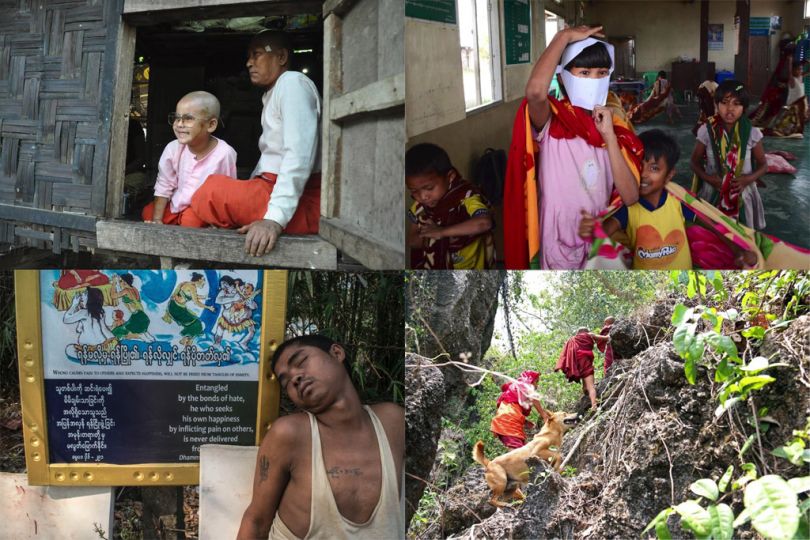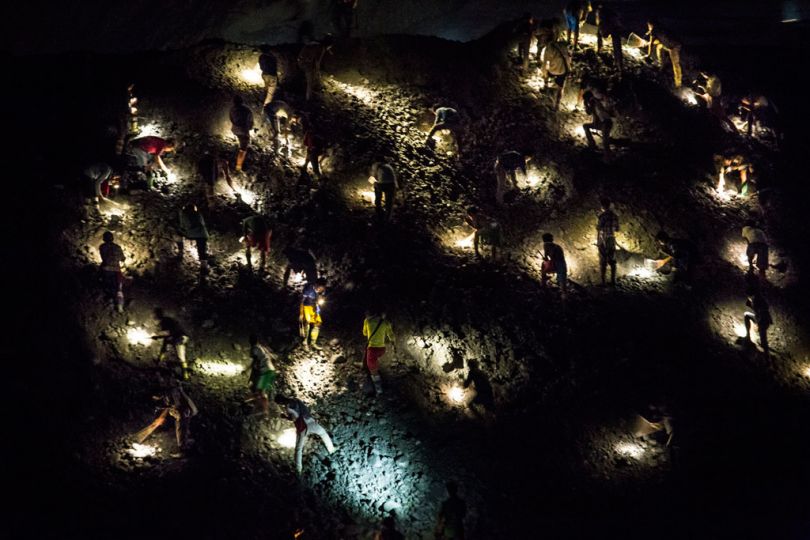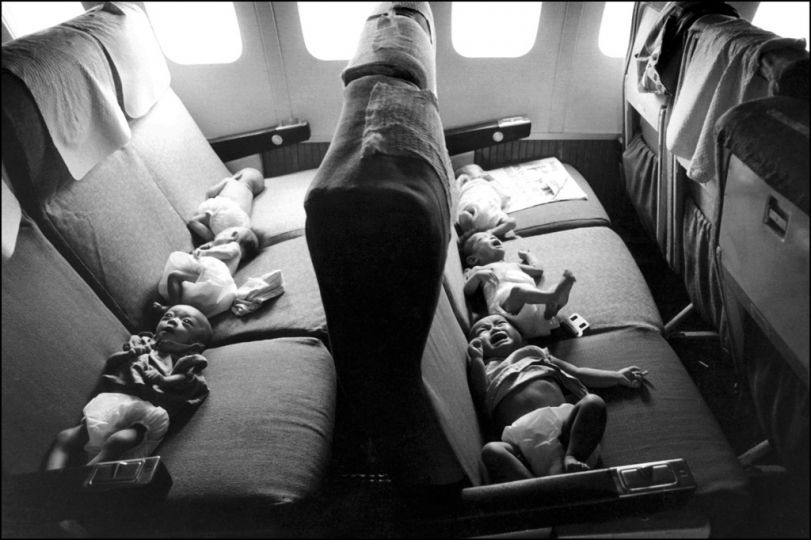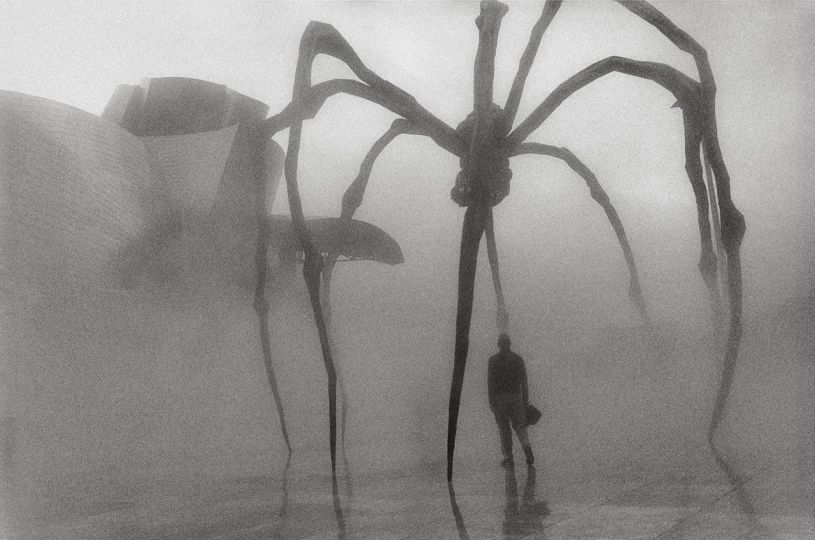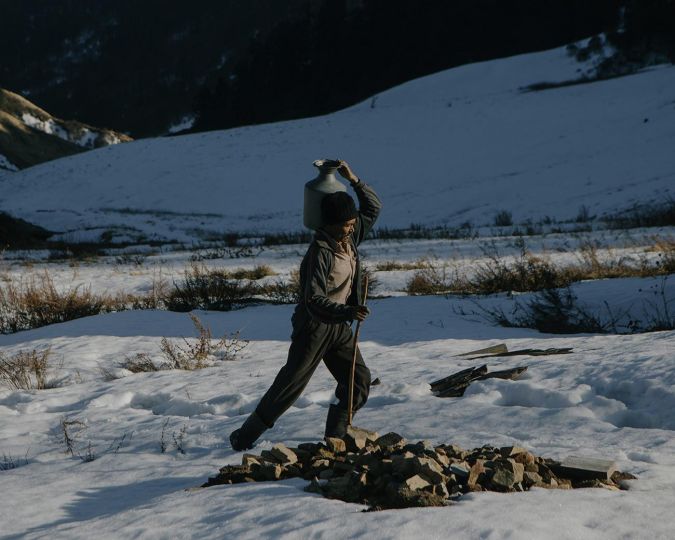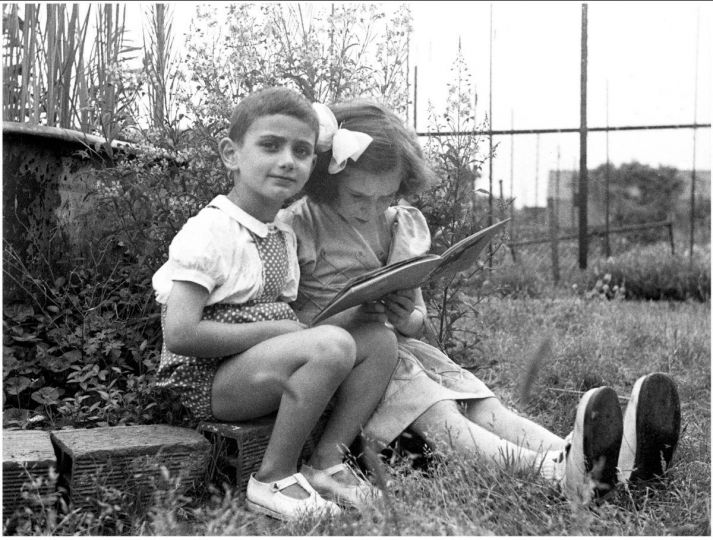Today, we’ve selected 2 stories presented at the 2016 Yangon Photo Festival Prize in the professional category, that did not receive a distinction. They are “Ta’ang Photographer” by Ko Mai and “Siblings of Missfortune” by Ko Myo.
Ko Mai : Ta’ang Photographer
The Ta’ang (Palaung) people say they number over one million. Most live in the mountains of the northwestern Shan State. From Mon-Khmer origin, they have their own language and literature, and a distinctive traditional culture. Much of the region is undeveloped and many who live there are economically dependent on opium culture, a crop which has brought concern and controversy to communities.
The Ta’ang National Liberation Army (TNLA), the armed wing of the Palaung State Liberation Front, has fought alongside the Restoration Council of Shan State (RCSS) and the powerful Kachin Independence Army, against government forces in northern Shan state in the name of protecting ethnic peoples’ rights.
However in October 2015 the RCSS signed the government’s so-called “nationwide” ceasefire agreement (NCA) along with seven other non-state armed groups. Fighting between the RCSS and TNLA flared in late November and has persisted in the months since amid accusations by the TNLA, strongly denied by the RCSS, that the latter are now assisting the Tatmadaw. More than 5,000 people have been displaced by the recent fighting.
Myanmar is Southeast Asia’s biggest opium producer, second only to Afghanistan globally. Numerous armed groups and militia are involved in the trade, with some raising taxes on production. Heroin addiction is widespread and many in ethnic communities including the Ta’ang are addicted to the drug as well as, more recently, methamphetamine.
The TNLA has vowed to fight the cultivation and use of heroin, which it says has devastated communities and threatens the future of the Ta’ang people.
They are battling it by meting out rough justice against drug dealers and destroying poppy fields – although many small scale growers rely on poppies for their livelihoods.
The group also targets drug addicts for forcible recruitment, taking them from their homes and making them go ‘cold turkey’ before putting them through military training. The practice is highly controversial. While some families say they are relieved that their relatives have stopped using drugs, many health experts say forced “rehabilitation” rarely works. Despite the TNLA’s public commitment to ridding its communities of drugs, some non-independently confirmed reports say the group still makes some of its income from taxes on opium farmers.
Ko Myo : Siblings of Missfortune
Ko Myo ( full name is Min Myo Nyan Win ) is a freelance documentary photographer and an Assistant General Manager (IT ) Department at Asian Fame Media Group.
I was born in Yangon in 1978. I started taking photograph in 2013. After taking a photography at Myanmar Photographers Society, I continued and joined the Documentary Photography Course at the French institute in Yangon, Myanmar. I entered the Yangon Photo Festival in 2014 and 2015. My stories were awarded 4th prize for both 2014 and 2015.
I travelled across upper Myanmar where there are elephants and shot a story about a young mahout and an elephant. The idea is that love is a thing which can be shared by men and animals,. For many reasons such as deforestation, and men expanding their territories into the forests, elephant grazing areas have become smaller and smaller , elephants are changing their behaviors and get in conflict with human. Today elephants are not working in the wood production industry and the masters are facing financial problems.
• No room to roam: The greatest threat to wild Asian elephants is habitat loss and fragmentation. Throughout the tropics, humans have cleared large areas of forest and have rapidly populated river valleys and plains. Elephants have been pushed into hilly landscapes and less suitable remnants of forest, but even these less accessible habitats are being assaulted by poachers, loggers, and developers.
Once-continuous habitat has become increasingly broken up by dams, tea and coffee plantations, roads, and railway lines. These developments obstruct the seasonal migrations of elephant clans. Habitat fragmentation also divides elephant populations into small, isolated groups, which are then at risk of inbreeding. Some biologists believe that there are no longer any wild Asian elephant populations large enough to avoid genetic deterioration over the long term.
• Conflicts with humans: When elephants stray out of the forest into settled areas, they sometimes destroy property, trample crops, and even kill people. Not infrequently, farmers respond with gunfire or poison.
• Ivory poaching: The international ivory trade has contributed far more to the decline of African elephants than Asian ones over the last few decades. Still, the people of Asia have a long tradition of ivory carving and often hunt males elephant for their tusks.
• Capture of young elephants: Many young elephants are removed from the wild to supply tourist and entertainment industries. In the process, mothers and other females attempting to protect the young are killed. Many calves captured for such purposes are prematurely weaned, socially isolated or otherwise cruelly treated, and die before they reach age five.
INFORMATIONS
8th Festival Photo de Yangon
Du 12 au 31 mars 2016
340, Pyay Road, Sanchaung Township
Yangon, Myanmar
http://www.yangonphoto.com
http://www.facebook.com/yangonphotofestival

